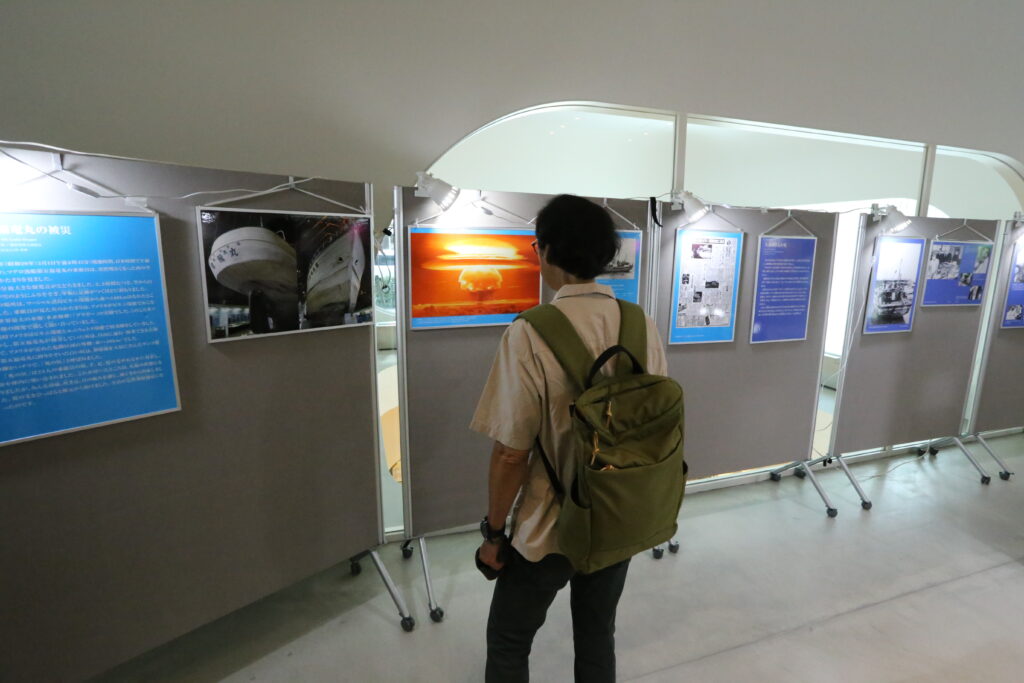
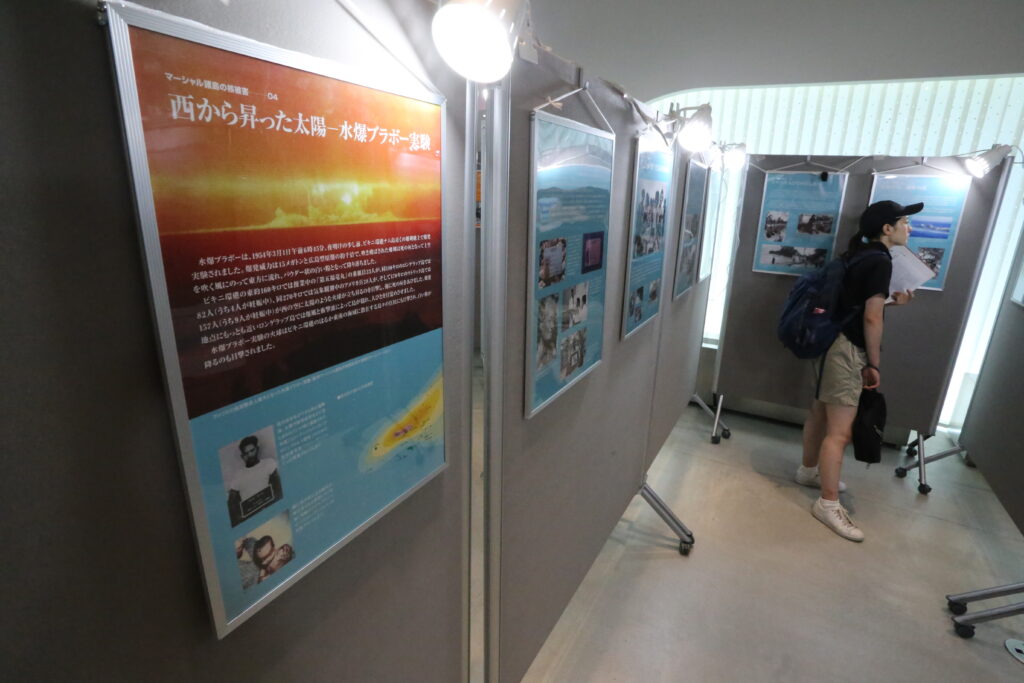
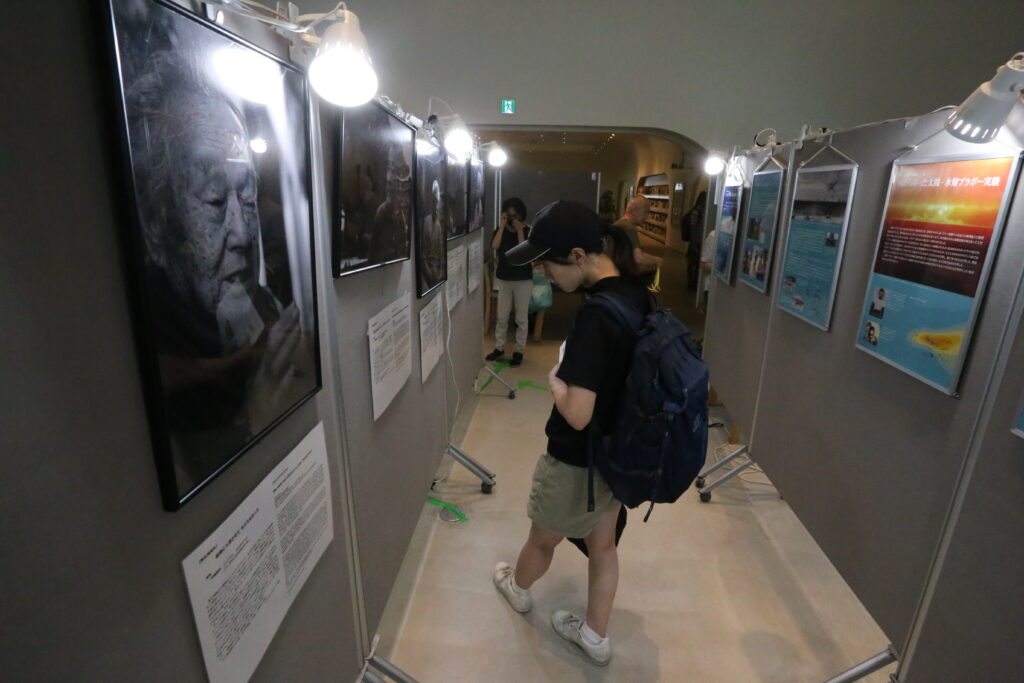
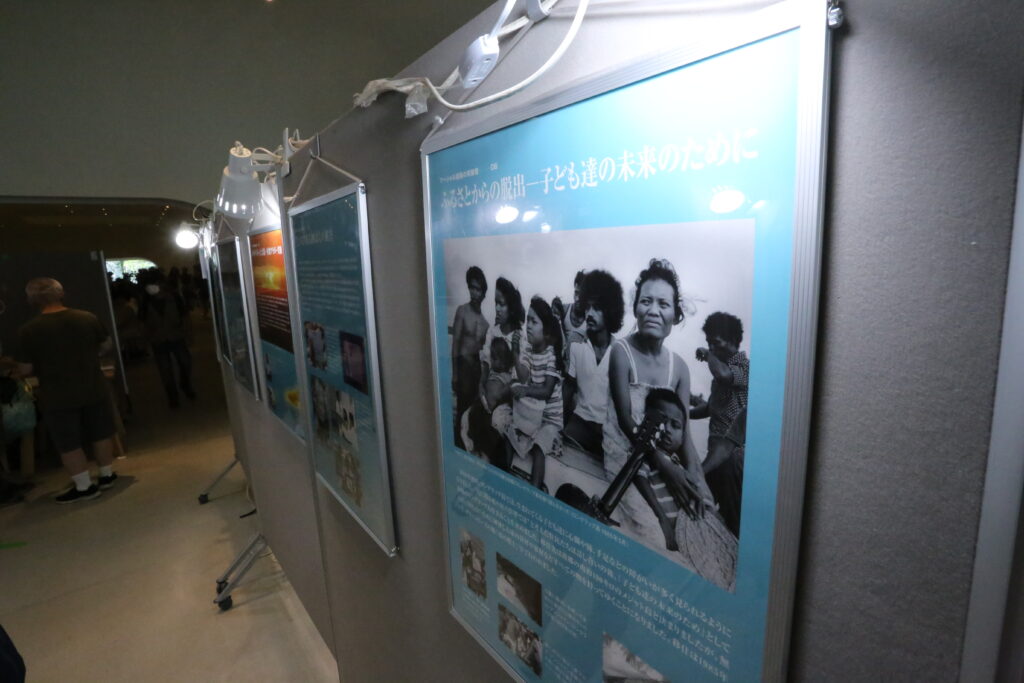
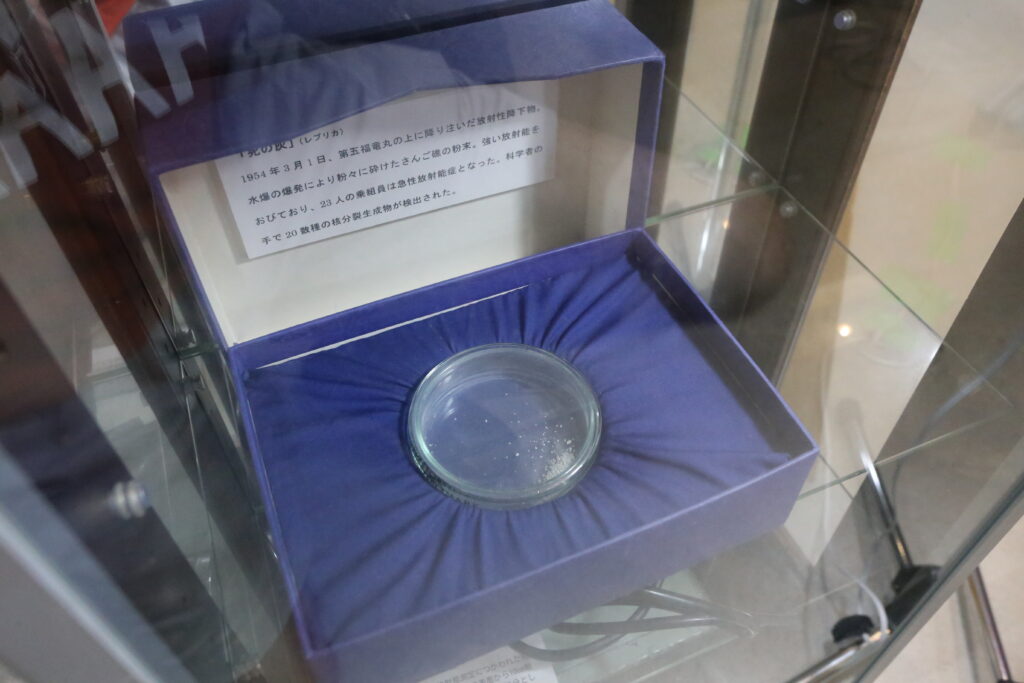





TOKYO: In the week that Japan remembers the 78th anniversary of the atomic bombing of Hiroshima and Nagasaki, a photo exhibition is being held in Tokyo to mark events taking place around the country in opposition to the use of nuclear weapons.
A third atomic event is also remembered. The “Lucky Dragon”disaster resulted from the detonation of an atomic bomb in March 1954 off Bikini Atoll in the Marshall Islands. The falloutaffected the crew of a Japanese tuna boat that was witness to the explosion during the US nuclear test.
Several fishing boats were in the area, but it was the Lucky Dragon tuna boat that found itself in the radius where the American thermonuclear bomb – called Castle Bravo – exploded in a test that was meant to have remained secret.
It was after the discovery that a number of fishermen had been irradiated by the bomb that the first movement of opposition to nuclear testing was born in Japan. Several thousand Japanese protested about the consequences of radioactivity on fishing products and on the crews of the tuna fishing boats.
The American government did everything to hide the health consequences of the explosion and doctors sometimes hid the level of radioactivity affecting the fishermen, who quickly understood that they had been affected by the bomb. Panels at the exhibition accompanied by the words of the fishermen were on display.
TORI Yasushi, one of the organizers of the exhibition, showed replicas of a Geiger counter and vitrified cesium particles from the fishermen’s hair and bodies.
The exhibition also refers to the inhabitants of the Marshall Islands. Between 1946 and 1958, 68 nuclear tests were carried out near the Marshall Islands, including the Castle Bravo bomb, the largest American nuclear bomb ever tested. Residents are still fighting with the US administration to increase the amount of compensation as the fallout continues to affect wildlife and humans.